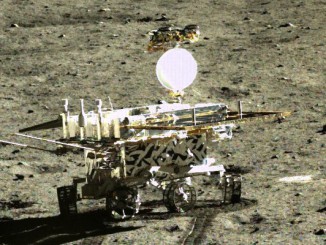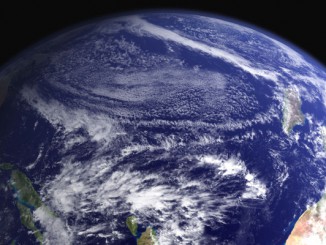
Chinese lunar rover’s rock analysis reveals a more diverse Moon
China’s Yutu rover finds volcanic rocks unlike those returned by earlier missions, offering tantalising clues to the period of lunar volcanism that suggest the Moon was never a fully homogenised body like the Earth. The basalts the rover examined are a new type, chemically different from those retrieved by the Apollo and Luna missions 40 years ago.


